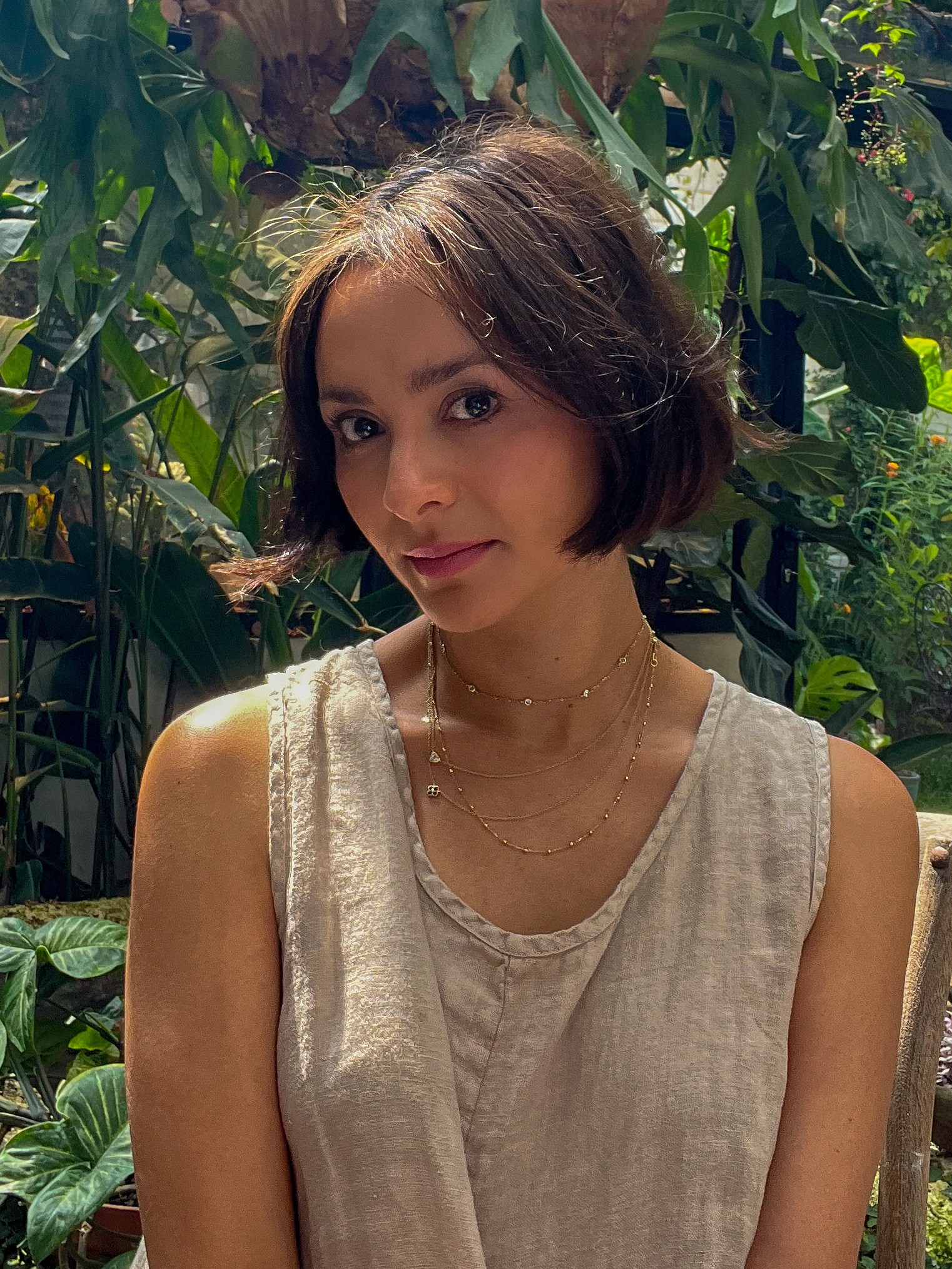We recently connected with Ana Beatriz Silva and have shared our conversation below.
Alright, Ana Beatriz thanks for taking the time to share your stories and insights with us today. We’d love to hear about a project that you’ve worked on that’s meant a lot to you.
I was born in Mexico and raised in Guatemala, the heart of the Mayan culture. A culture that has a story of science, art and conquest that became a clash of cultures. For the good and the bad a story that defines us.
My latest ceramic collection is called Mestiza. The collection consists of pieces combining red native clay and white European clay, dramatizing its fusion. Evolving to vertical constructions generated by a layering of mostly broken pieces, my way to embrace our roots, ourselves
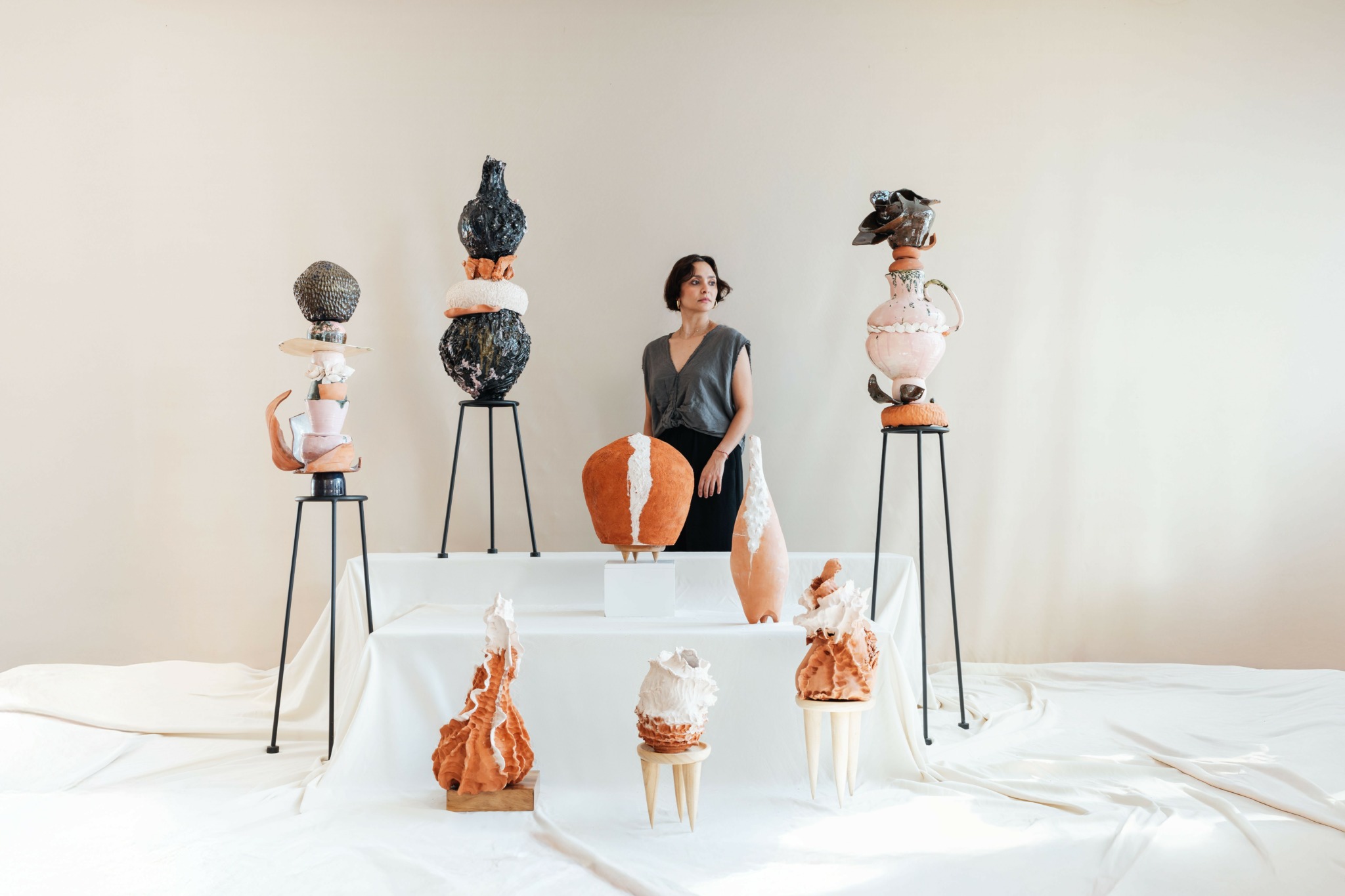
Great, appreciate you sharing that with us. Before we ask you to share more of your insights, can you take a moment to introduce yourself and how you got to where you are today to our readers.
In the constant search for reconnection and revaluation of my identity, I have found a path guided by my feelings that has marked my different expressions over time.
I feel a deep connection with our pre-Hispanic culture; I have it in my blood and my soul. I believe that utilitarian pottery was the most honest starting point for personal search/introspection and its revaluation was an important part of my mission as a craftswoman.
Nature, the rich connection between our people and the abundance of our land, is something that defines us and should be part of this journey.
I believe that within diversity lies strength, and that we must fight against the resentment and oppression that arise from the fusion of cultures. I was born in Guatemala, and my sensitivity is built upon the communion of different roots, habits, customs, arts, and histories. For the good and the bad that this has brought. My most honest vision is to accept it, understand it, and say out loud the word “mestiza” without fear, demonstrating how from the seemingly chaotic, grotesque, and heterogeneous diverse union, beauty can emerge with love and care.
I found in pottery a technique that has transcended generations. It is friendly to our planet and responds to our human needs utilitarian and artistic. Pottery is a constant storyteller of our history. Its process integrates basic elements like water, fire, soil, and oxygen and it is finished with the sensibility and creativity of human hands.
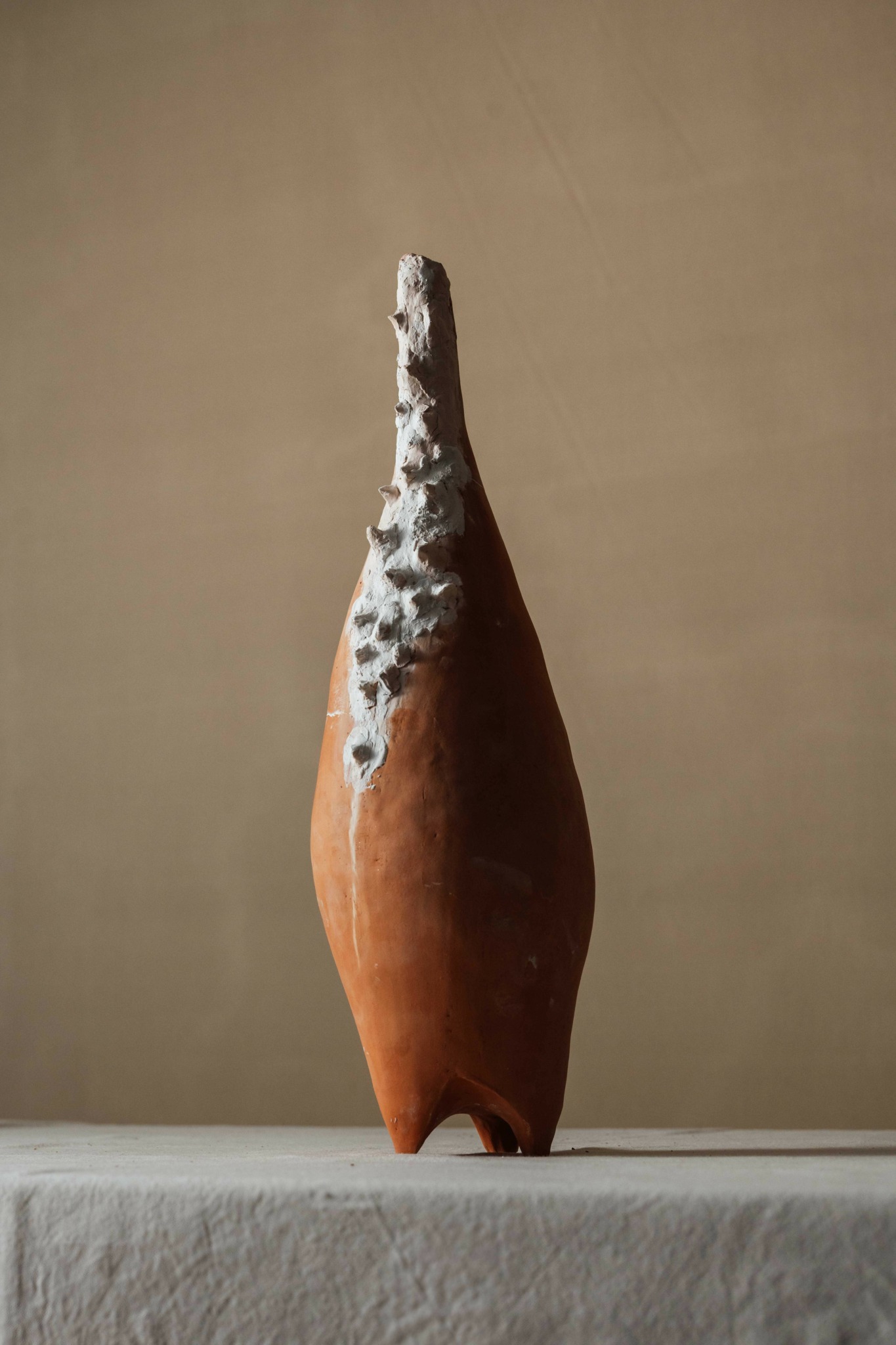
What’s the most rewarding aspect of being a creative in your experience?
That my work is contributing to keeping alive part of the cultural identity of my country. Today my pieces have traveled, representing Guatemala in London, Madrid, Milan and Osaka. I see this as an extra motivation to keep alive an artistic expression that has been tremendously beaten since the Industrial Revolution.
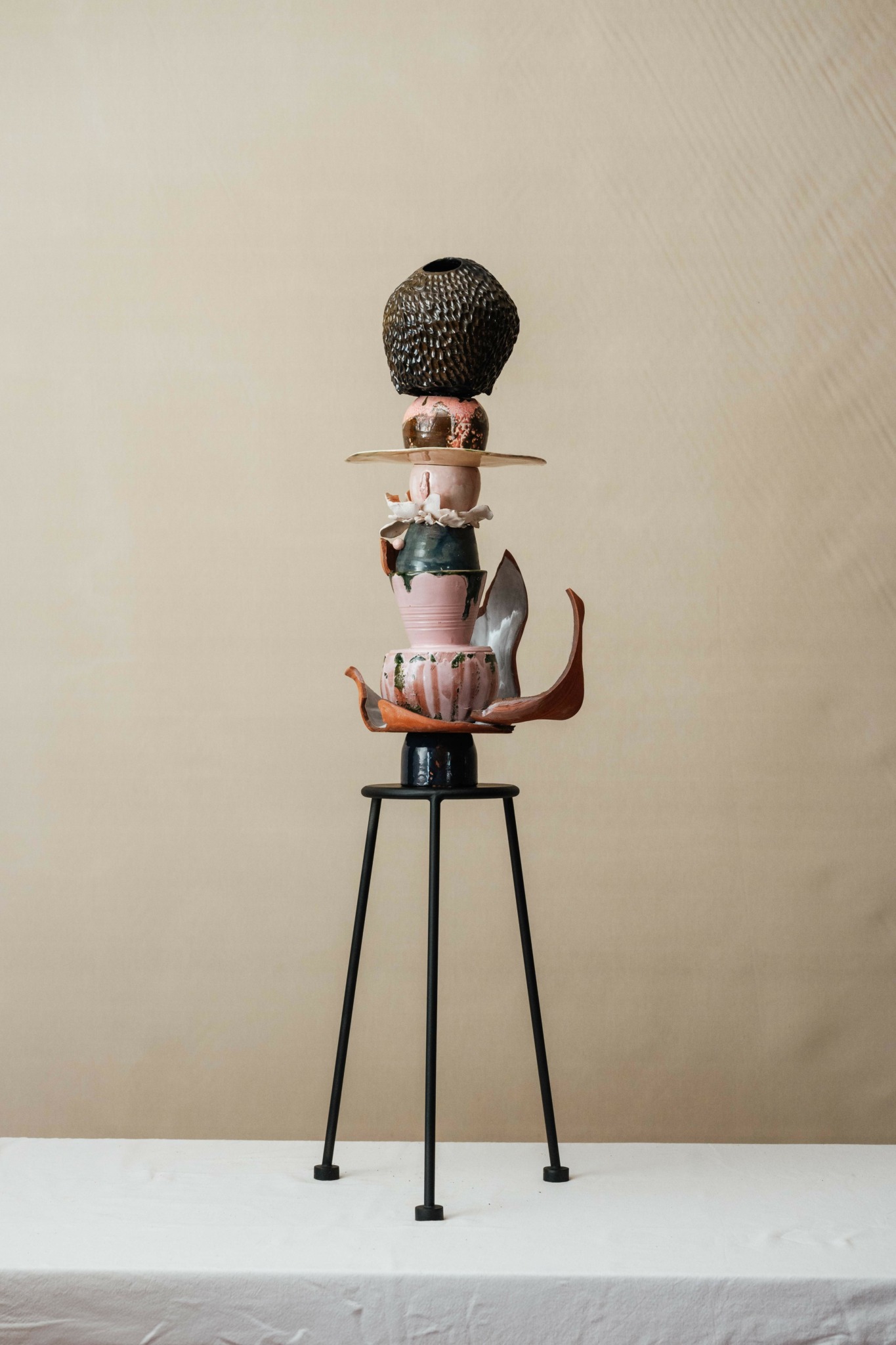
Learning and unlearning are both critical parts of growth – can you share a story of a time when you had to unlearn a lesson?
The frustration of interrupting the creative process because of the gaze of others is perhaps one of the hardest lessons to learn for any sensitive person who makes a living from art. In my own experience, I left architecture to be able to create more freely, and soon afterward, I began to question myself harshly if I couldn’t sell my pieces or had a big insecurity about their market value.
Utilitarian pottery reconnects me with what I truly desire: to express myself freely and create pieces that can simply become part of people’s daily lives.
Contact Info:
- Website: https://www.miramira.art
- Instagram: miramira_gt
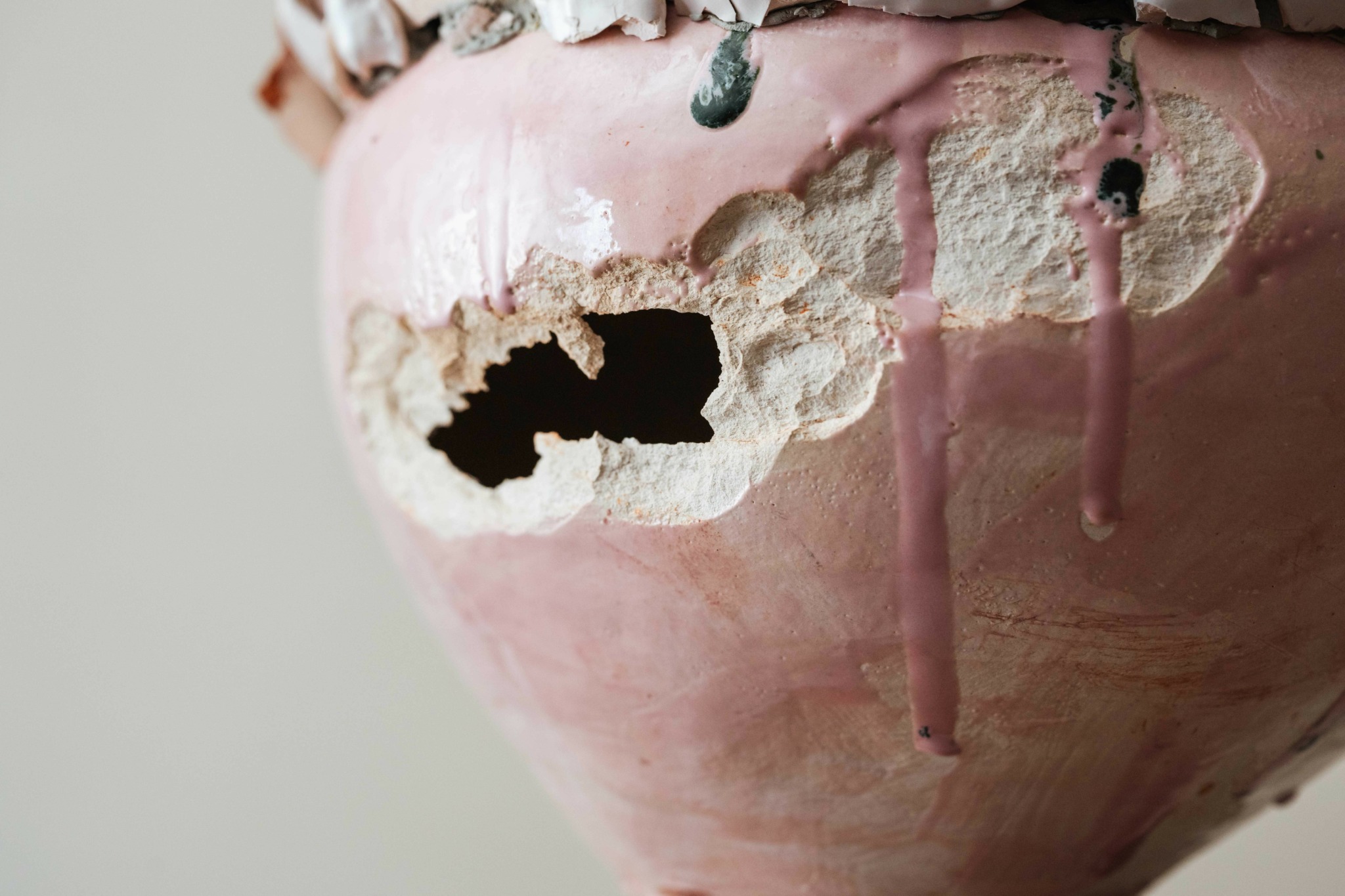
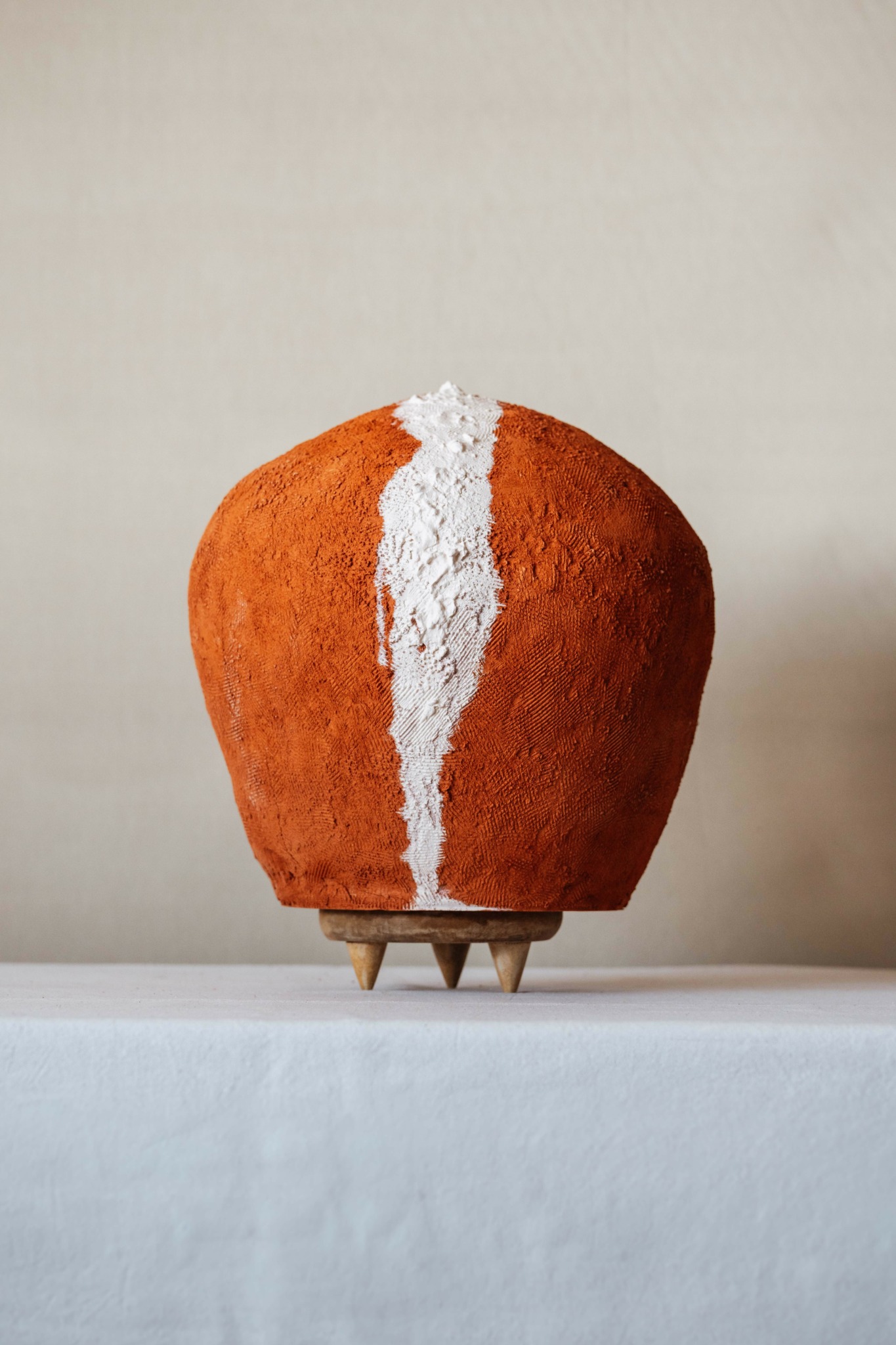
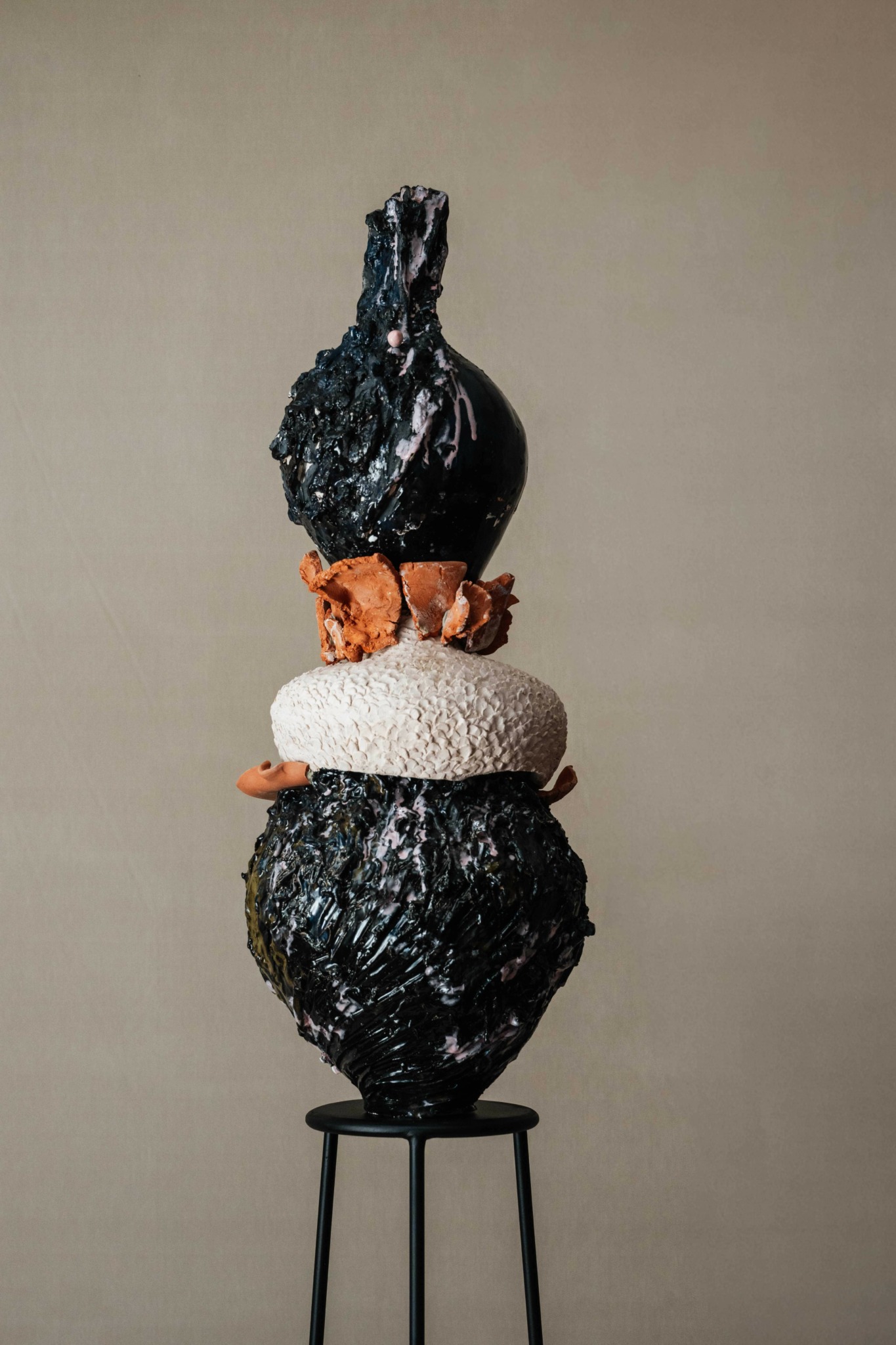
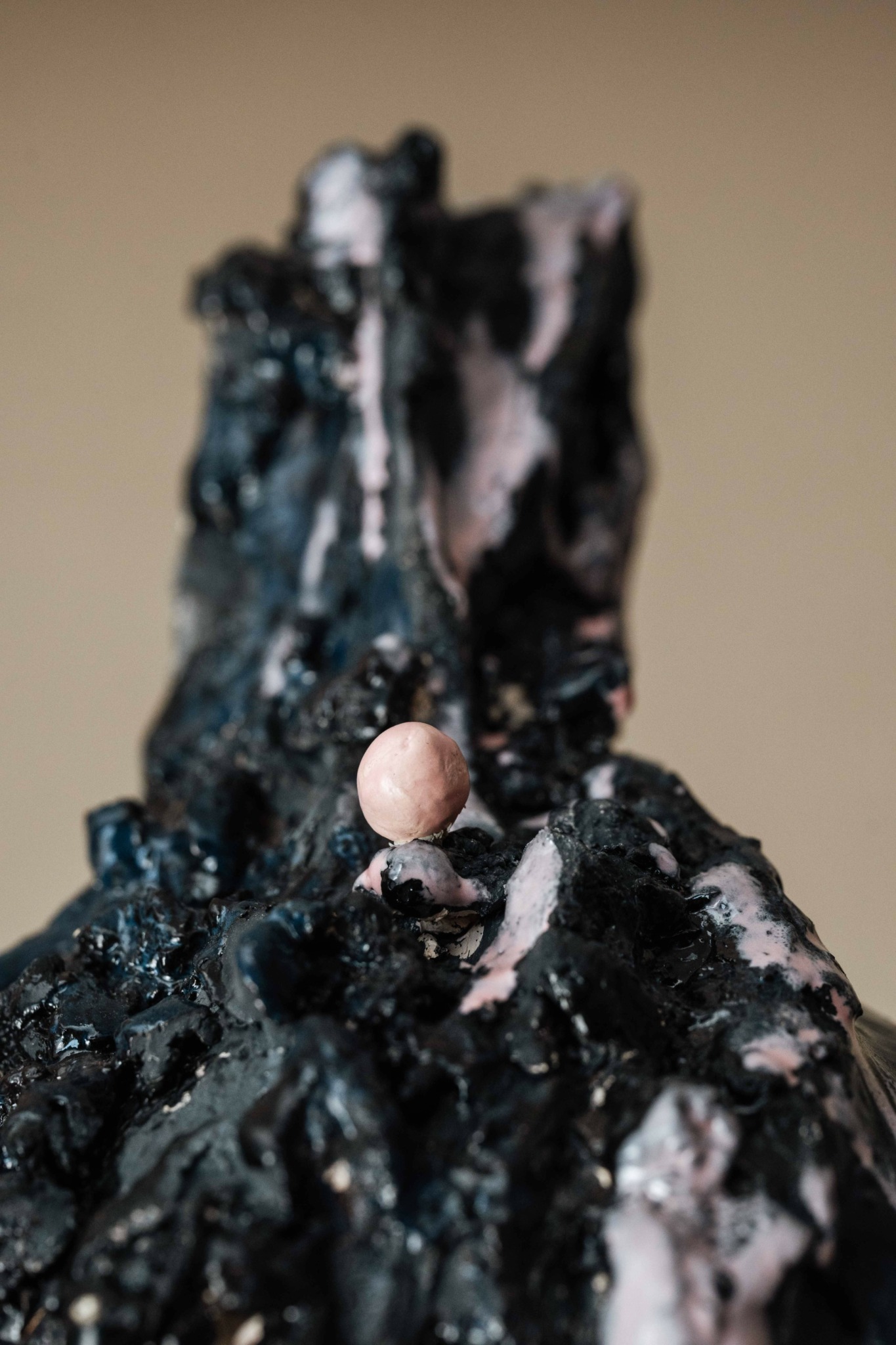
Image Credits
Adrián Ramos @jeanrodriguez


